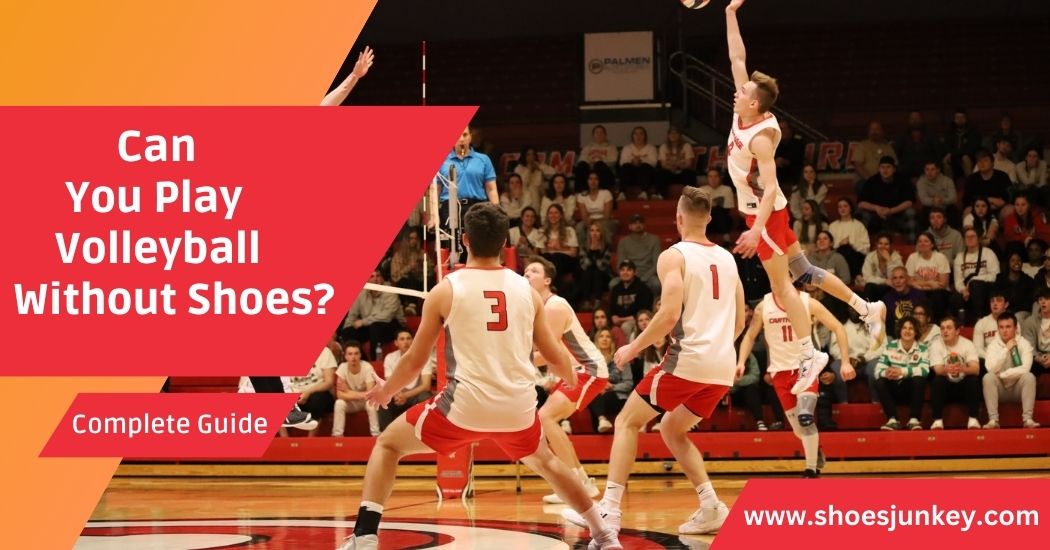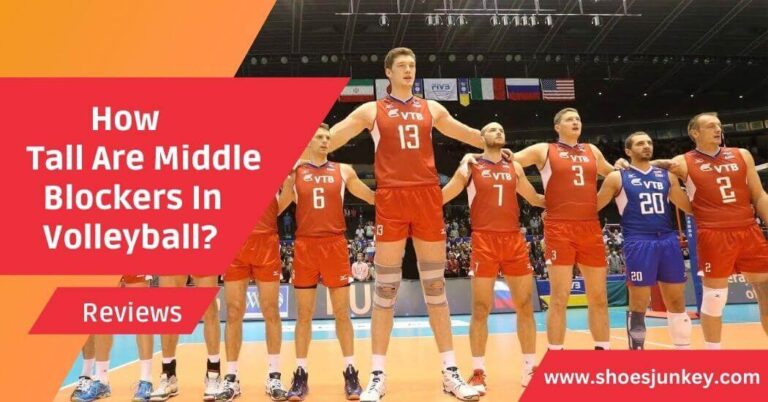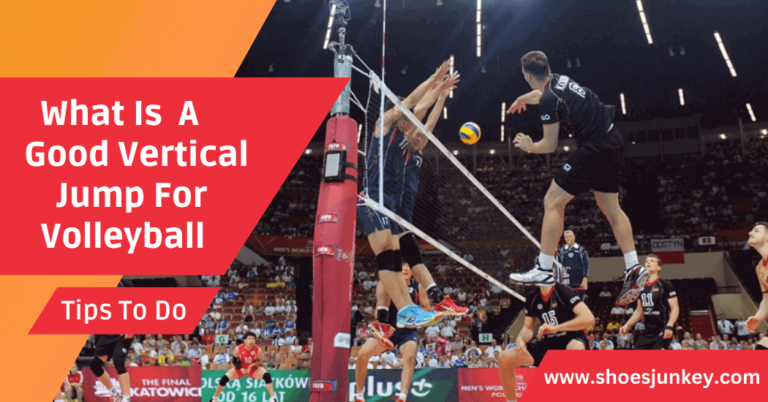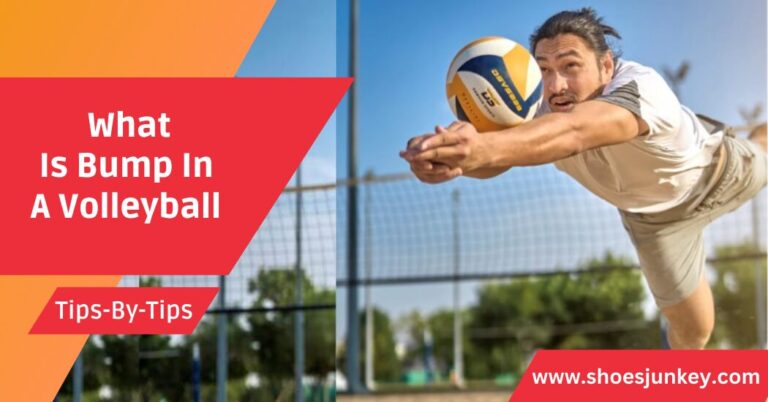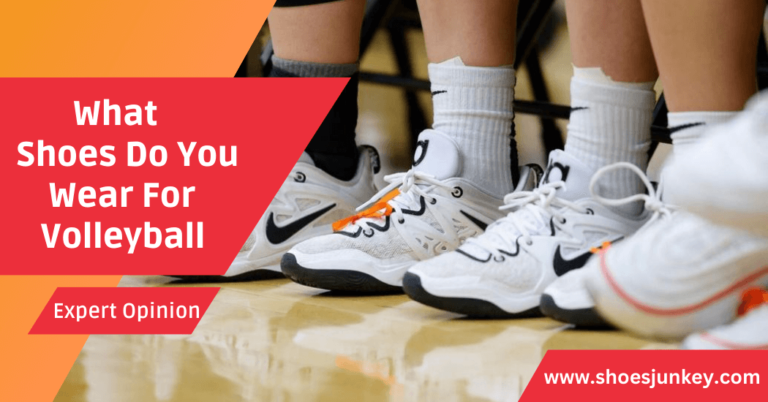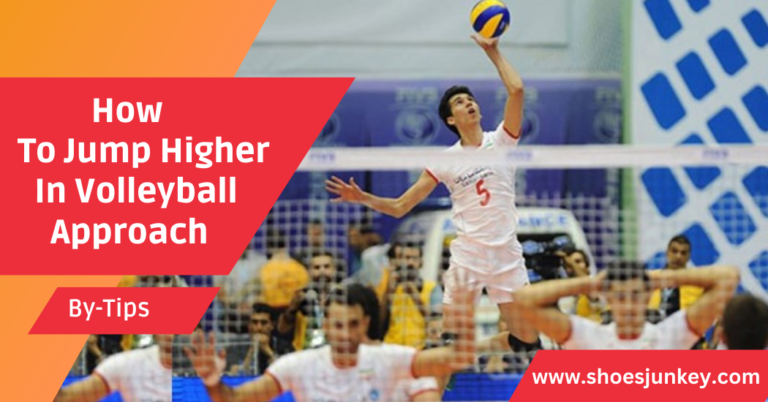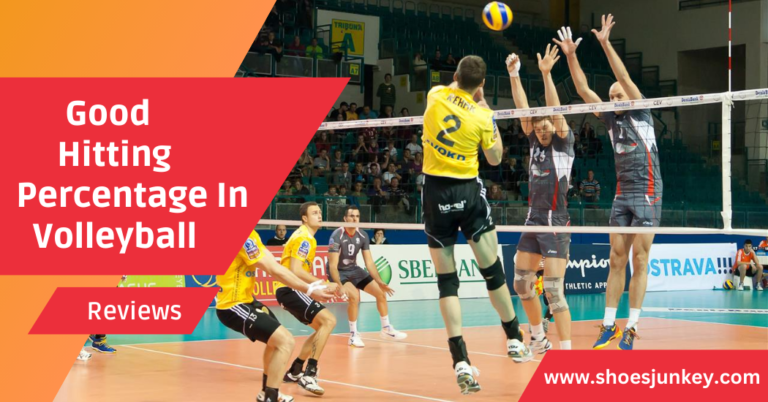Can You Play Volleyball Without Shoes?
Volleyball is a popular sport that can be played both indoors and outdoors. The game involves several rules and regulations to ensure safety, fair play and enjoyment for all participants. One of these regulations pertains to the use of appropriate footwear. While some people may opt to play volleyball without shoes, it is important to understand the benefits and drawbacks of this choice.

In this article, we will explore the history of playing volleyball barefoot, the pros and cons of doing so and some mitigating strategies for avoiding injuries.
Can you play volleyball without shoes?
Absolutely, volleyball can indeed be played without shoes. This is more common in beach volleyball where the soft sand provides a natural cushioning for the feet. However, for indoor volleyball, it’s less common due to the hard surfaces that can cause injury.
Playing barefoot does have its advantages and also has its drawbacks, especially the risk of injury from stepping on sharp objects or scraping the skin. Therefore, it’s essential to understand these pros and cons before deciding to play volleyball without shoes.
Rules and Regulations of Volleyball and Footwear
The official rules of volleyball, as governed by the Fédération Internationale de Volleyball (FIVB), do not specifically mandate the use of shoes during play. However, wearing shoes is generally considered a standard practice, particularly for indoor volleyball. This is mainly due to the enhanced traction, cushioning and support provided by specially designed volleyball shoes, which help prevent slips, falls and injuries.
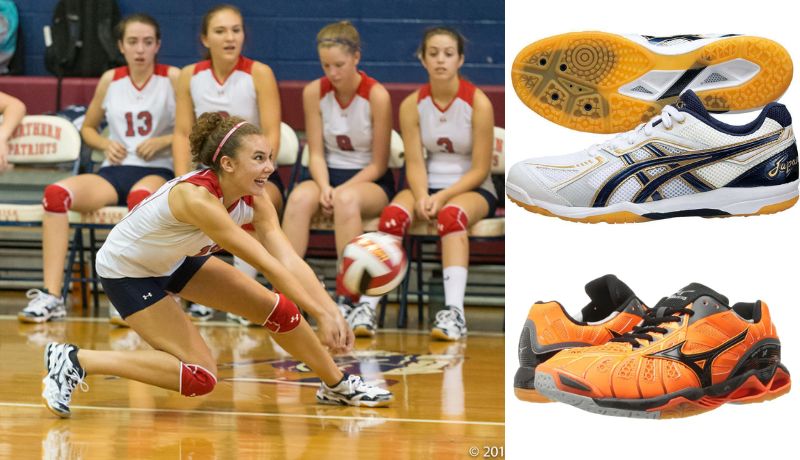
A. Traction
Volleyball shoes typically feature special rubber soles that offer excellent traction on both indoor and outdoor surfaces. This added grip is essential for making quick movements, jumps and sudden changes in direction without the risk of slipping.
B. Cushioning
These shoes also come with thick midsoles that provide ample cushioning for the feet. This helps protect against the impact of jumping and landing, reducing the likelihood of foot injuries.
C. Support
Lastly, volleyball shoes are designed to provide good ankle support, which is crucial for preventing ankle sprains, a common injury in volleyball.
Benefits and Drawbacks of Playing Barefoot
Benefits of playing barefoot
- Improved sensory experience: Playing volleyball without shoes can enhance the sensory experience and connection to the playing surface. This heightened awareness can improve coordination and balance.
- Natural movement: Playing barefoot allows for more natural movement of the feet, which can potentially lead to better overall performance.
- Less equipment to worry about: For some, playing without shoes can be a more convenient and comfortable option, as there’s less gear to pack and maintain.
Drawbacks of playing barefoot
- Lack of Cushioning and Support: Playing without shoes means sacrificing the cushioning and support that proper volleyball shoes provide. This can increase the risk of injuries, such as foot bruises and stress fractures.
- Risk of Abrasions and Injuries: Barefoot volleyball players are more prone to skin abrasions and injuries due to contact with abrasive surfaces like indoor courts. Common injuries include cuts, scrapes and blisters.
- Hygiene and Health Concerns: Playing without shoes also increases the risk of exposure to germs or fungal infections. Shoes act as a barrier, protecting players’ feet from these potential health hazards.
Mitigating Injury Risks for Barefoot Players
To minimize the risk of injuries while playing volleyball without shoes, consider the following tips:
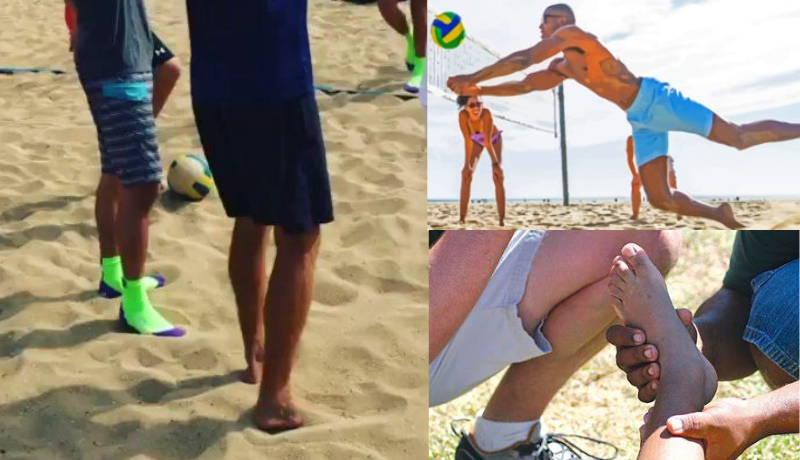
- Surface Awareness: Before playing, thoroughly inspect the volleyball court for any sharp objects or debris that could cause injury to your bare feet.
- Use Protective Gear: Consider using minimalist footwear or protective socks designed for sports, which can provide some degree of protection and traction while still allowing natural foot movement.
- Foot Conditioning: Regularly practice foot strengthening and flexibility exercises. This can help to enhance the strength, stability and resilience of your feet, thus reducing the risk of injury.
- Hygiene Protocol: Maintain a high standard of foot hygiene. Always clean your feet immediately after play and dry them thoroughly to prevent any potential fungal infections. Additionally, consider using antifungal sprays or powders as a preventive measure.
- Medical Check-Up: Regularly get your feet checked by a health professional. This would help identify any potential issues early and provide appropriate treatment if necessary.
All these measures can help prevent injuries while playing volleyball without shoes. However, it is important to understand that there are still risks associated with this type of play and proper caution should be taken at all times.
Tips for Safe Barefoot Play
Here are some helpful tips for safe barefoot play in volleyball:
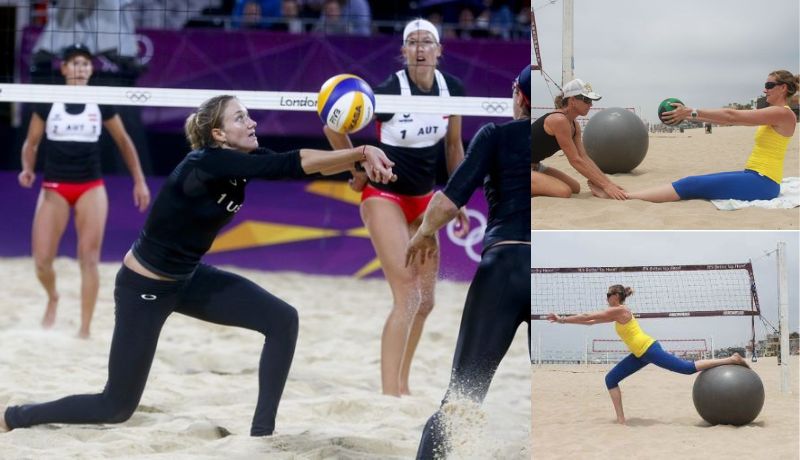
- Warm-Up and Cool-Down: Always start with a warm-up session to prepare your body for the game. This might include some light jogging and feet exercises to get your blood flowing and to loosen your muscles. Similarly, a cool-down session post-game can help reduce muscle stiffness and aid recovery.
- Know Your Surface: Understanding the texture of the surface you’ll be playing on can help adjust your game strategy. For instance, playing on soft sand requires different footwork compared to a hard indoor court.
- Maintain Body Balance: Good body balance and posture are crucial. This helps to evenly distribute your body weight which reduces the stress placed on your feet.
- Use Appropriate Protective Gear: As stated in the previous section, minimalist footwear or protective sports socks can provide a certain degree of protection while maintaining the barefoot feel.
- Listen to Your Body: If you experience pain or discomfort while playing, stop immediately. Pushing through the pain could lead to severe injuries.
- Stay Hydrated: Ensure you stay hydrated before, during and after the game. Dehydration can lead to muscle cramps and decrease your performance.
Remember, safety should always be a priority. Always ensure you evaluate the risks and be cautious while playing volleyball barefoot. It’s not worth risking a serious injury for the sake of the game.
Conclusion:
All in all, playing volleyball without shoes is technically possible and can actually provide an enjoyable experience. Whether you play professionally or with family and friends, it’s important to make sure that everyone has the proper equipment – which includes protective footwear. It is important to consider the physical effects of going barefoot and assess any potential risks involved.
If you are going to try this sport without the proper attire, make sure your feet are clean, the environment is free from sharp objects and you have a solid understanding of the rules of the game. No matter what your decision may be, just remember that having fun should always be a priority! So laces on or laces off — the choice is always yours!

